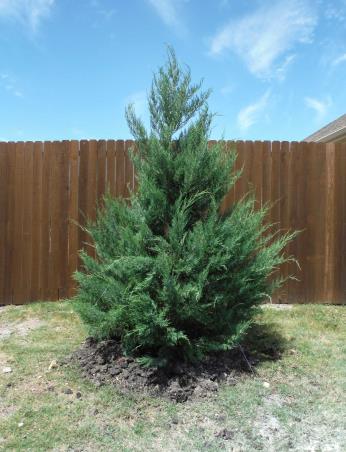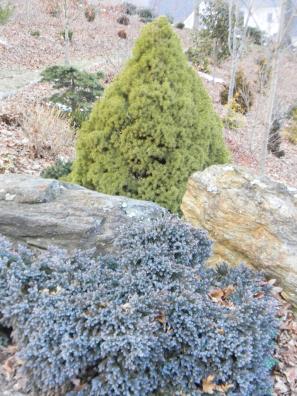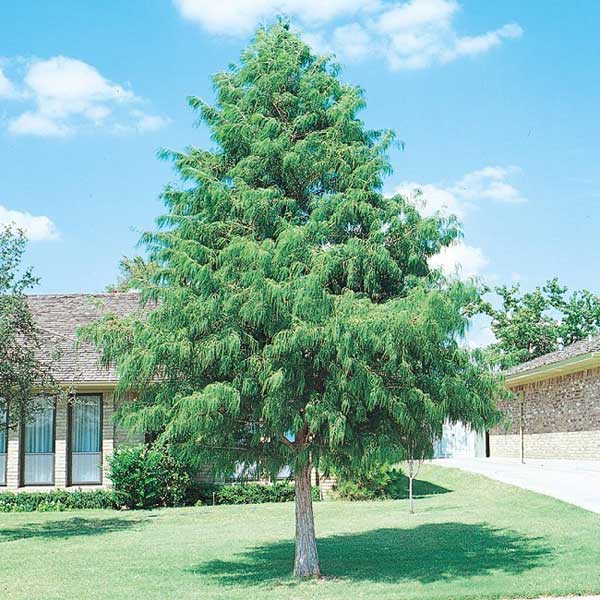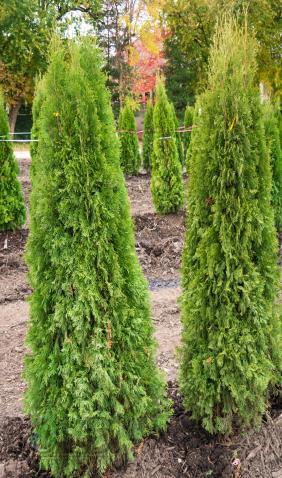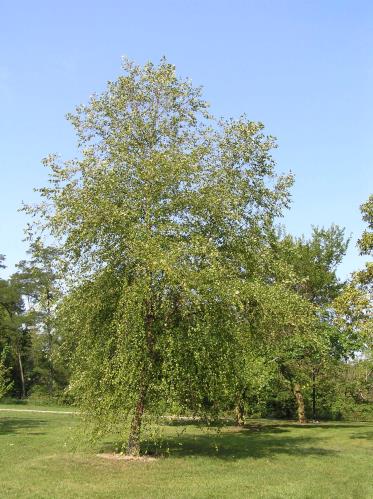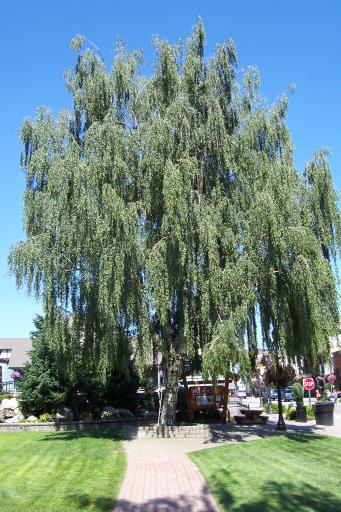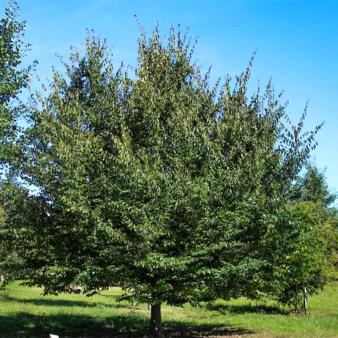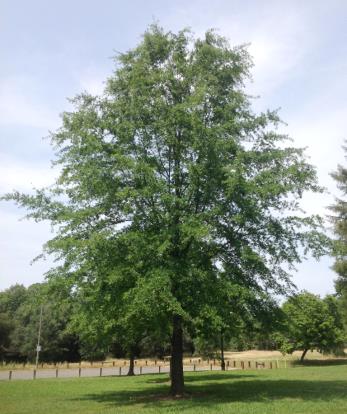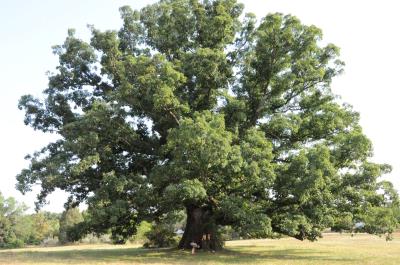Eastern Red Cedar
The heartwood is light brown and aromatic, in contrast to the white sapwood, and is commonly used for cedar chests. The wood is also often used to make fence posts and rails, as it is naturally rot-resistant. It also repels insects, lending to its appeal for use in clothing storage and pet bedding.

